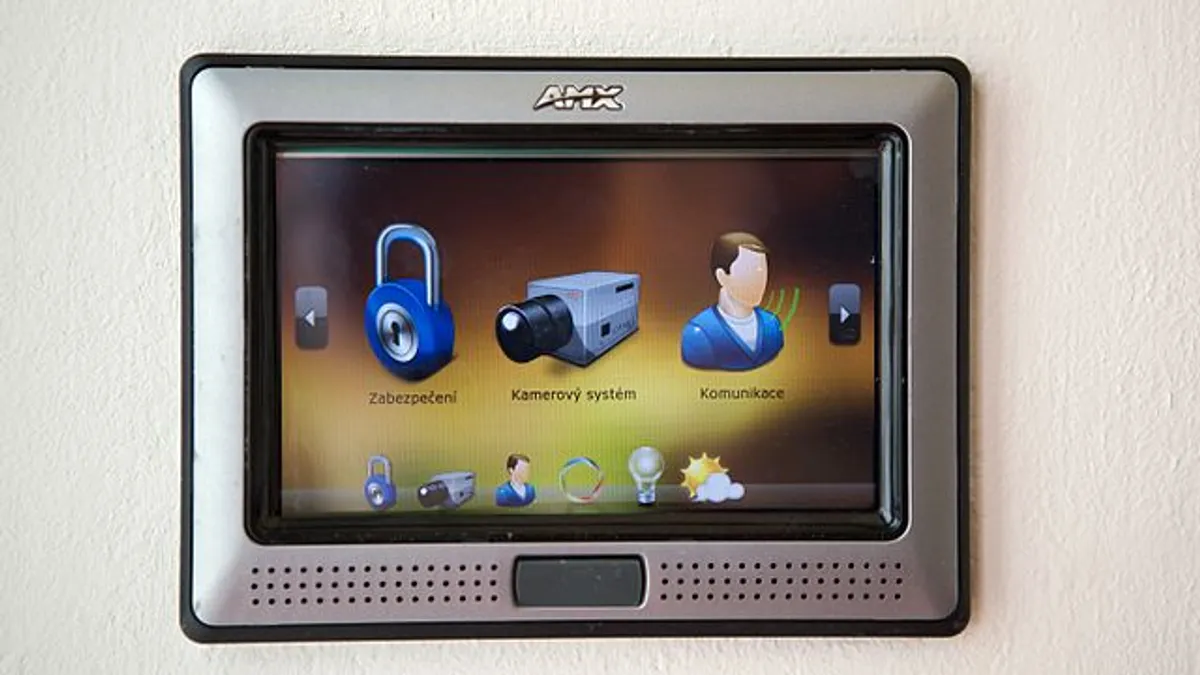Dive Brief:
- Rapid advancements in demand response (DR) technology and new approaches to utility grid design will lead to a boom in the worldwide market, according to new analysis from Navigant Research.
- Worldwide revenue from residential demand response is expected to grow from $332 million in 2014 to $2.3 billion in 2023, the report finds.
- New technologies are altering the business model for utility residential demand response programs, allowing customers greater control of their equipment and helping lower acquisition costs for DR programs.
Dive Insight:
A new report from the consulting firm Navigant Research analyzes the global market for residential demand response in five major geographic regions, concluding that advances in technology and changes to grid design will mean rapid growth. By 2023 the market will grow by about $2 billion, the research concludes.
"Advanced two-way thermostats are changing the business model for utility residential DR programs,” Brett Feldman, senior research analyst with Navigant Research, said in a press release. “The so-called ‘bring your own thermostat’ model, in which consumers purchase thermostats at retail stores, can vastly reduce the acquisition costs for programs and lead to greater customer satisfaction, since they are the parties choosing their own devices and initiating the participation process.”
While the demand response market grows, Navigant said the technologies it will also help utility grids to operate more reliably. In the United States, residential plug-in electric vehicles are being eyed as DR assets and almost every domestic auto manufacturer has launched some sort of energy use optimization pilot.















